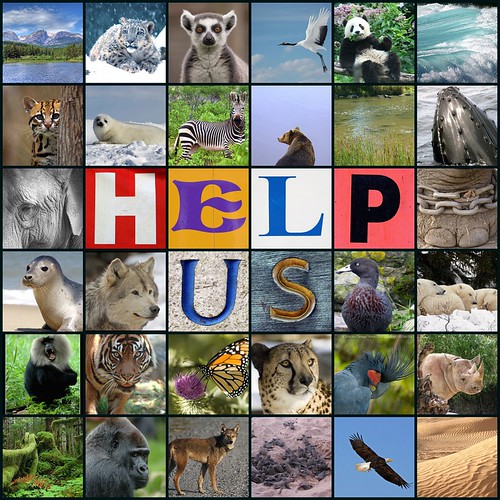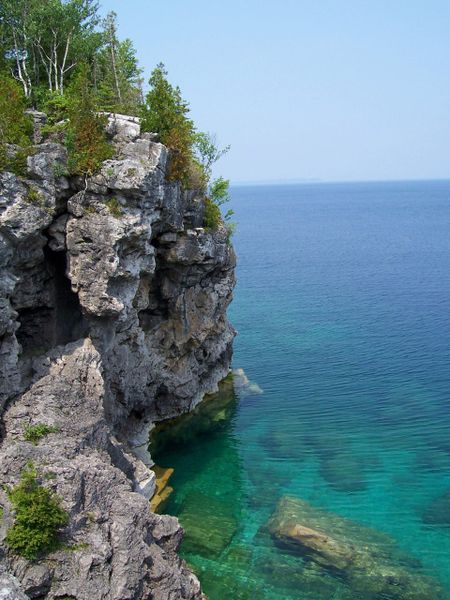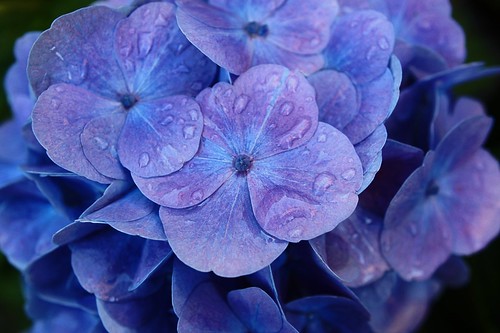
The Nature Conservancy is a leading conservation organization founded in 1951. Since then they have been working to protect ecologically important land and water for nature and people. In fact, the organization has protected over 119 million acres of land and 5,000 miles of rivers and supports over 100 marine projects globally. The conservancy's website provides information on their protected initiatives all over the world. For the reader however, it also gives helpful information about what you as an individual is able to do to evoke change within your local community and live by their standard "Protecting nature. Preserving life." They also have interactive links that are interesting as well as educational; one appealing one you can explore is the interactive watershed link. Through this you can discover, and for our class's case, further our education about the hydrologic cycle, while learning of the methods through which the Nature Conservancy is working to protect watershed regions. While The Nature Conservancy's goal is protecting Earth's natural resources, which covers all systems of physical geography, part of its main initiative is "preserving life" and it shows this through its many wildlife watch programs. You should definitely check this interactive and educational website!











 This is the map of the world’s hotspots taken from google images.
This is the map of the world’s hotspots taken from google images.


